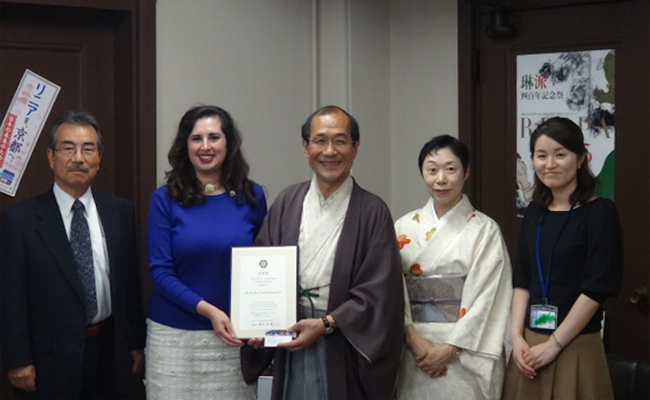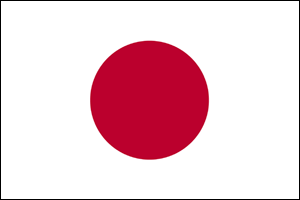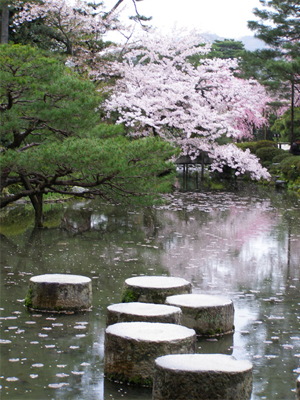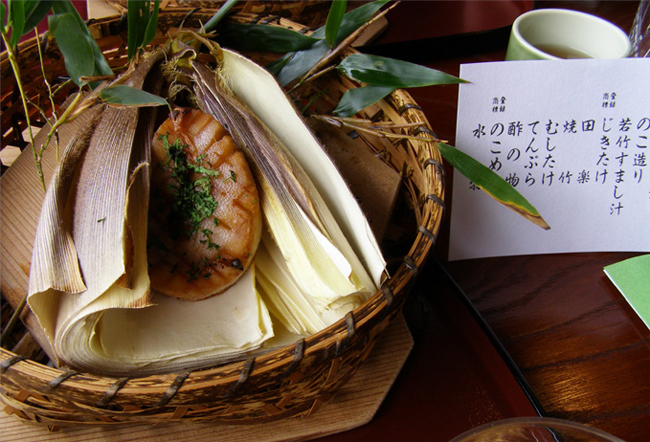
 By Pauline Chakmakjian
By Pauline Chakmakjian
Pauline Chakmakjian is a Visit Kyoto Ambassador. The photos of the Heian Shrine and Bamboo Meal were taken by Pauline.
As with every Olympics, various cultural highlights will be presented with respect to the host country. The Tokyo Olympics has experienced an unusually turbulent period of preparation with COVID-19 interfering with plans for 2020, which hopefully will not distract everyone from appreciating the varied and immense beauty Japan has to offer.
Tokyo will take center stage, but every Olympic host also highlights the many other popular cities and regions within their country. No doubt we will be in for quite a treat when Kyoto is mentioned because it was the old capital of Japan for over one thousand years. Kyoto is also the origin of many of the rituals, traditions, arts and manners of Japan you still see there to this day.
From architecture to cuisine to the fine and performing arts and beyond, everyone who has visited Japan can attest to the elegant delights of this fascinating culture. Keeping in mind the several instances of borrowing from other cultural traditions such as those of China, Korea, Great Britain, France and the United States throughout its history, what makes things Japanese really Japanese? I think it is the combination of the following five aesthetic elements…

Heimei
Found during the Kofun Period of Japanese history, Haniwa are terracotta clay figures made for ritual use and buried with the dead as funerary objects. It is said the expression on these figures exhibit a quality referred to as heimei. Meaning, they have an openness and candor about them. One can see that in Japan this quality and that of makoto (sincerity) are often displayed in not so direct ways, but they are there. It is the indirect nature of communications that often baffle non-Japanese, but by spending time in the country you will slowly become familiar with their ways.
Mono no Aware
This is a Japanese term for “the pathos of things,” the aesthetic of sadness at the consciousness of the impermanence (mujo) of things such as the fleeting of time, the short appearance and disappearance of cherry blossoms or the brevity of youth and simi-ar notions. Many are stunned by the discipline and visual perfection of traditional Japanese art objects both in technique and style. Japanese craftsmen have such high standards of fine production because their skills are a part of their contribution in this short time on Earth. Do things well in this life for there is a saying in Japan, Ichi-go Ichi-e, which means, “One meeting, one chance.” This saying could be for personal encounters in terms of an opportunity, but in broader terms it creates urgency and energy towards this life after the realization that it is all too brief.
Miyabi
Sensitivity to beauty was the hallmark of the nobility during the Heian period in Japanese history. Those in the Heian court possessed this quality of miyabi or “courtly refinement.” Though developed over one thousand years ago, visitors to Japan are struck by the attention to detail, sensitivity to seasonality and presentation frequently witnessed in Japanese society. This ae thetic ideal can also be observed in the formality of dress and manner in both private and professional settings as well as in the ever-present etiquette in nearly every relationship. As many who have been to Japan know, the Japanese will never say “No” directly, but rather something like, “It will be difficult.” This is that refined courtliness from centuries ago that forms a significant part of the Japanese character.
Yugen
Over the course of the Olympic Games, Japan is sure to showcase its various performing arts. While Kabuki is quite popular, the aesthetic ideal of yugen or “mysterious profundity” is better exemplified
by something like Noh drama. With its masked actors dressed in sumptuous brocaded costumes gliding across a sparsely decorated stage, Noh is a quiet dive into depths of emotion led by a simple story sometimes inspired by historical events as well as the chanting of a chorus not too unlike ancient Greek drama. The performance allows the audience to fill in the empty spaces with their imagination. Many things can exhibit yugen whether a person, an object or a performance.
Shibui
What nearly every visitor to Japan loves and tries to duplicate upon returning home are the clean lines and spaces devoid of clutter. Japanese art and architecture is renowned for having this aesthetic of shibui, which refers to simple, subtle beauty. Spaces are important and so are specific tastes in color. For example, a preference for so- called “reserved” colors like celadon is an indication of someone with this aesthetic of shibui. While contemporary Japanese artwork and trends can display outlandish design and garish colors, traditional Japanese fine and decorative art demonstrate the more deeply-embedded conservatism of the core culture.
From the Opening Ceremonies all the way to commentary up until the end of the year, please look out for these aesthetic elements in all the Japanese do and say. In this way, you will be more prepared for your first or subsequent Japan experience.




